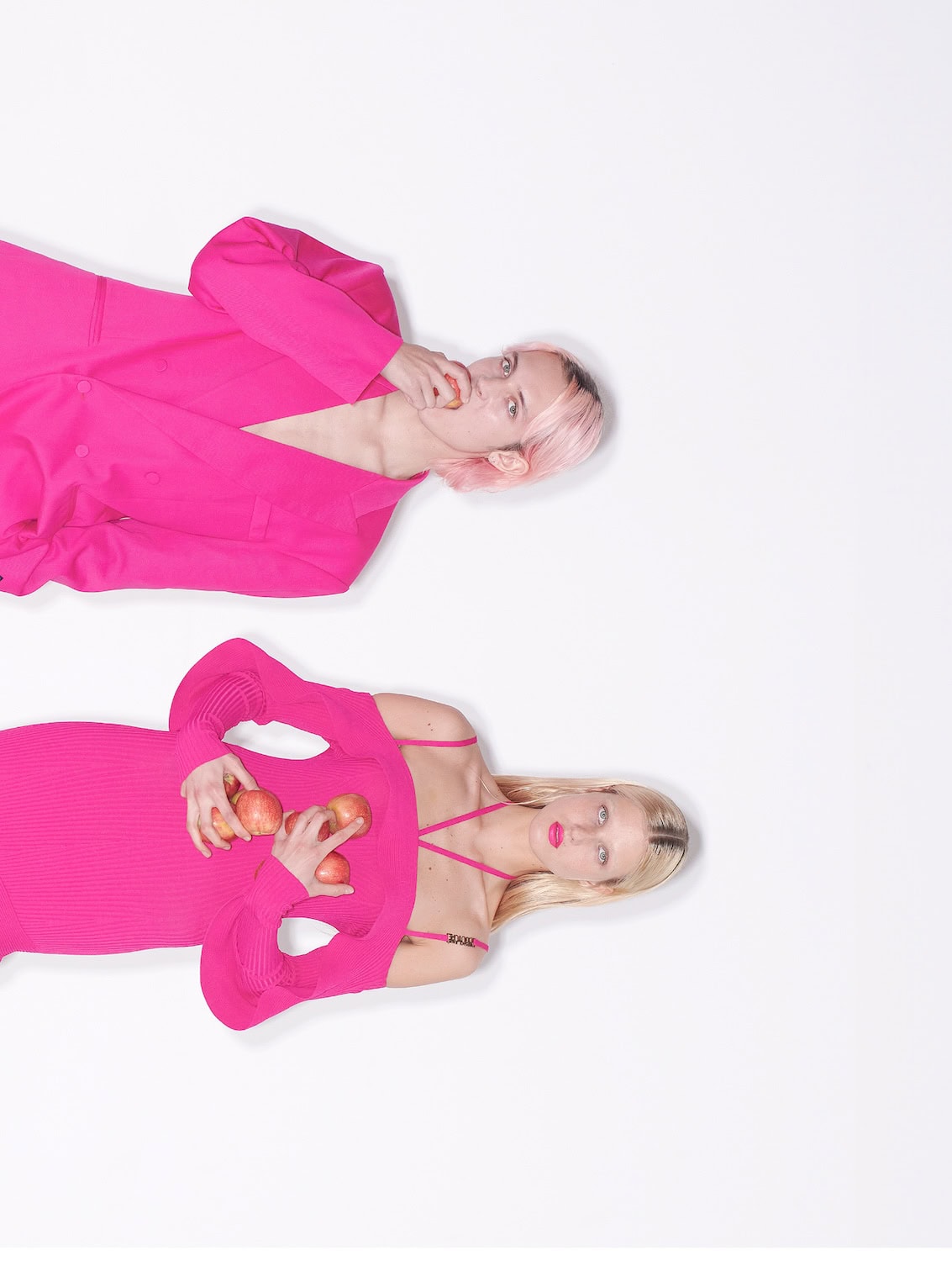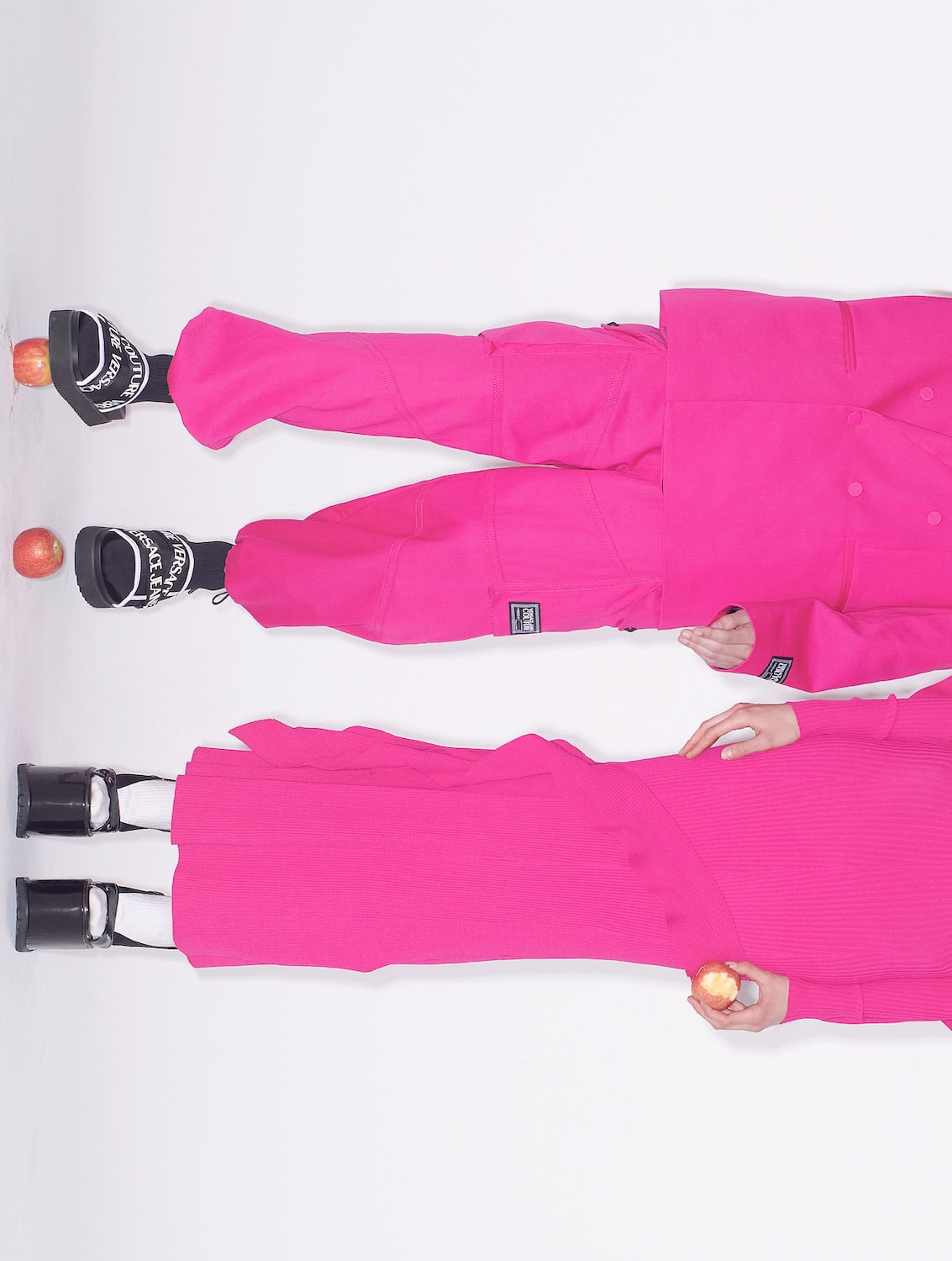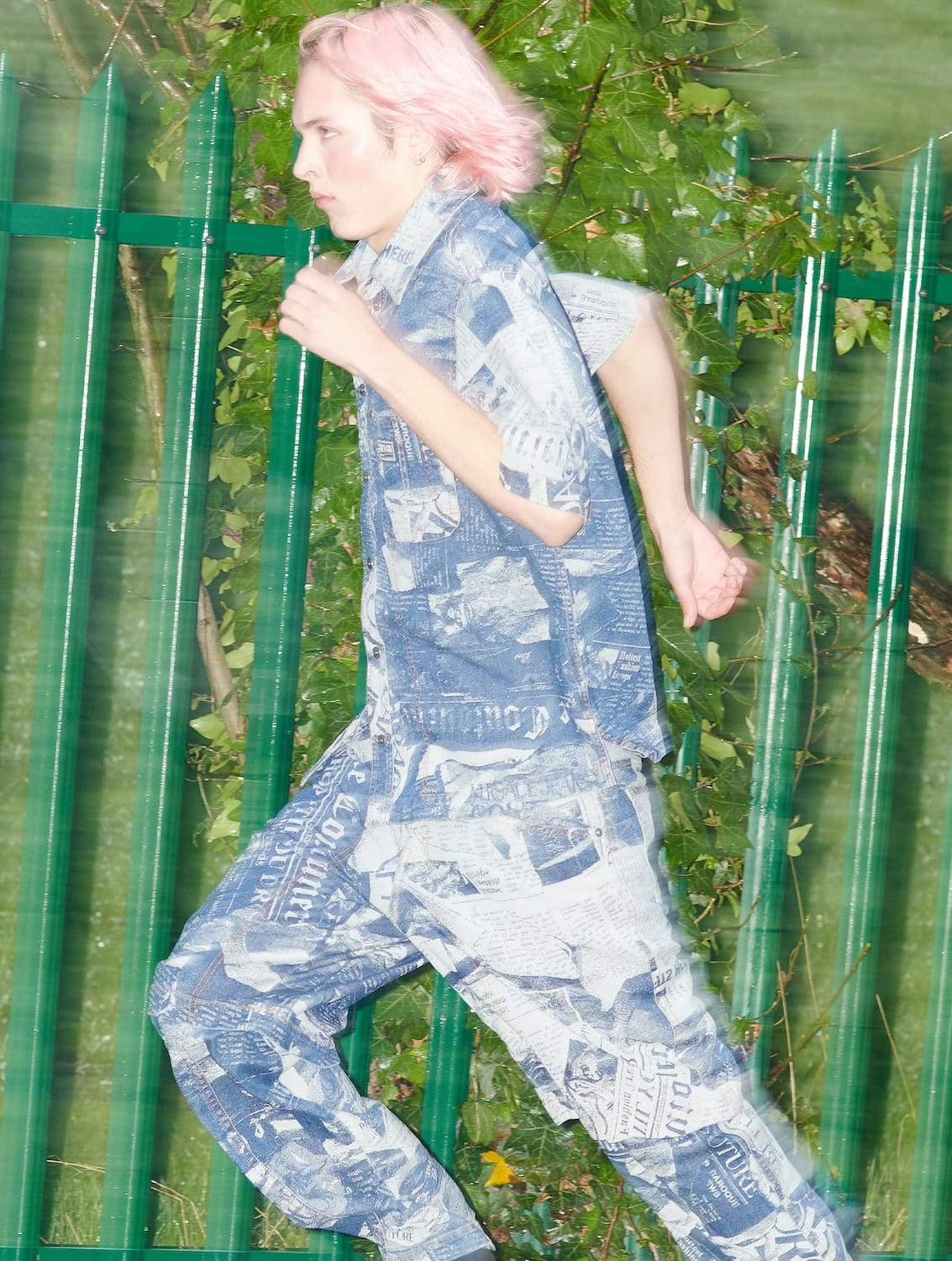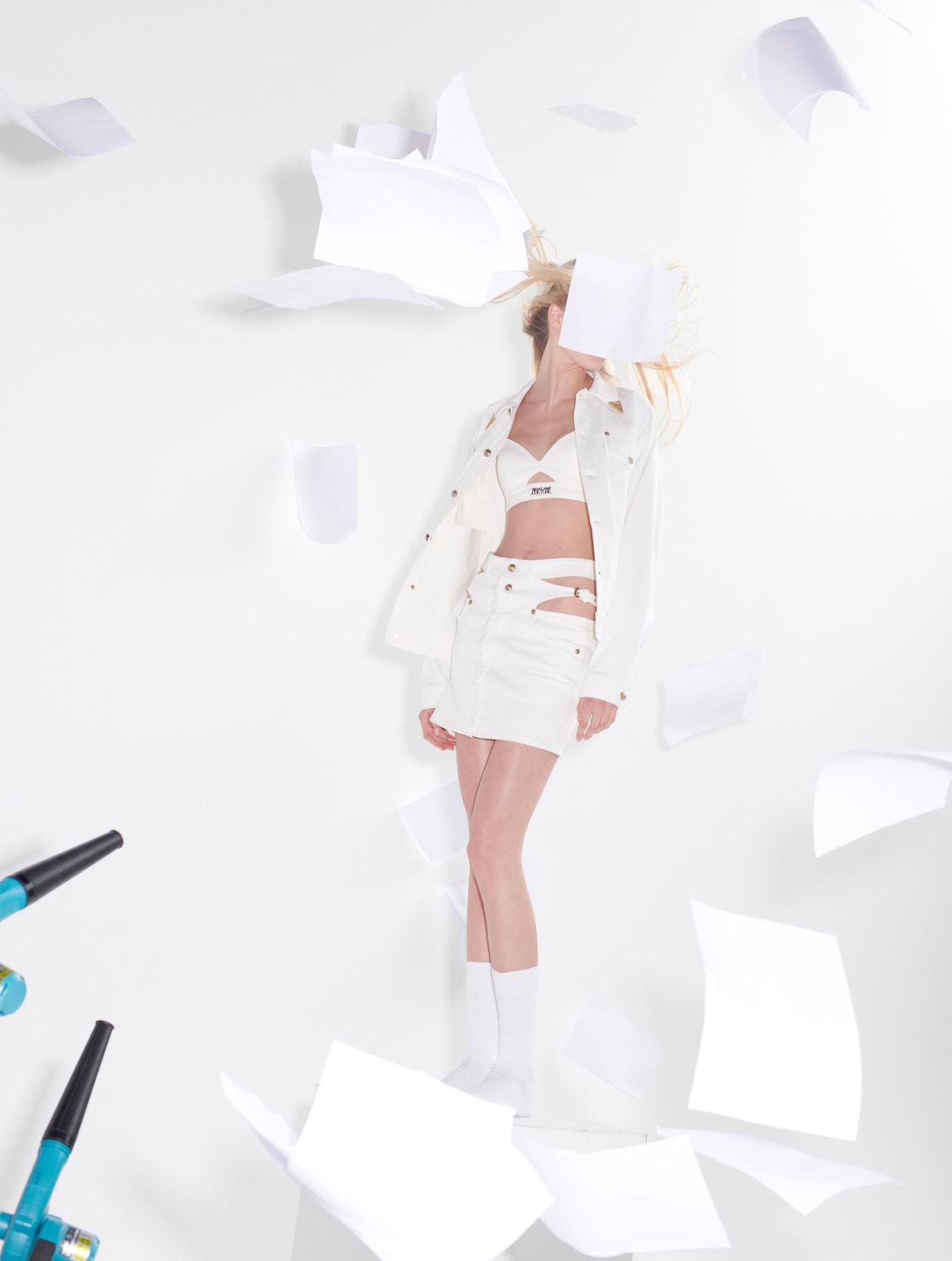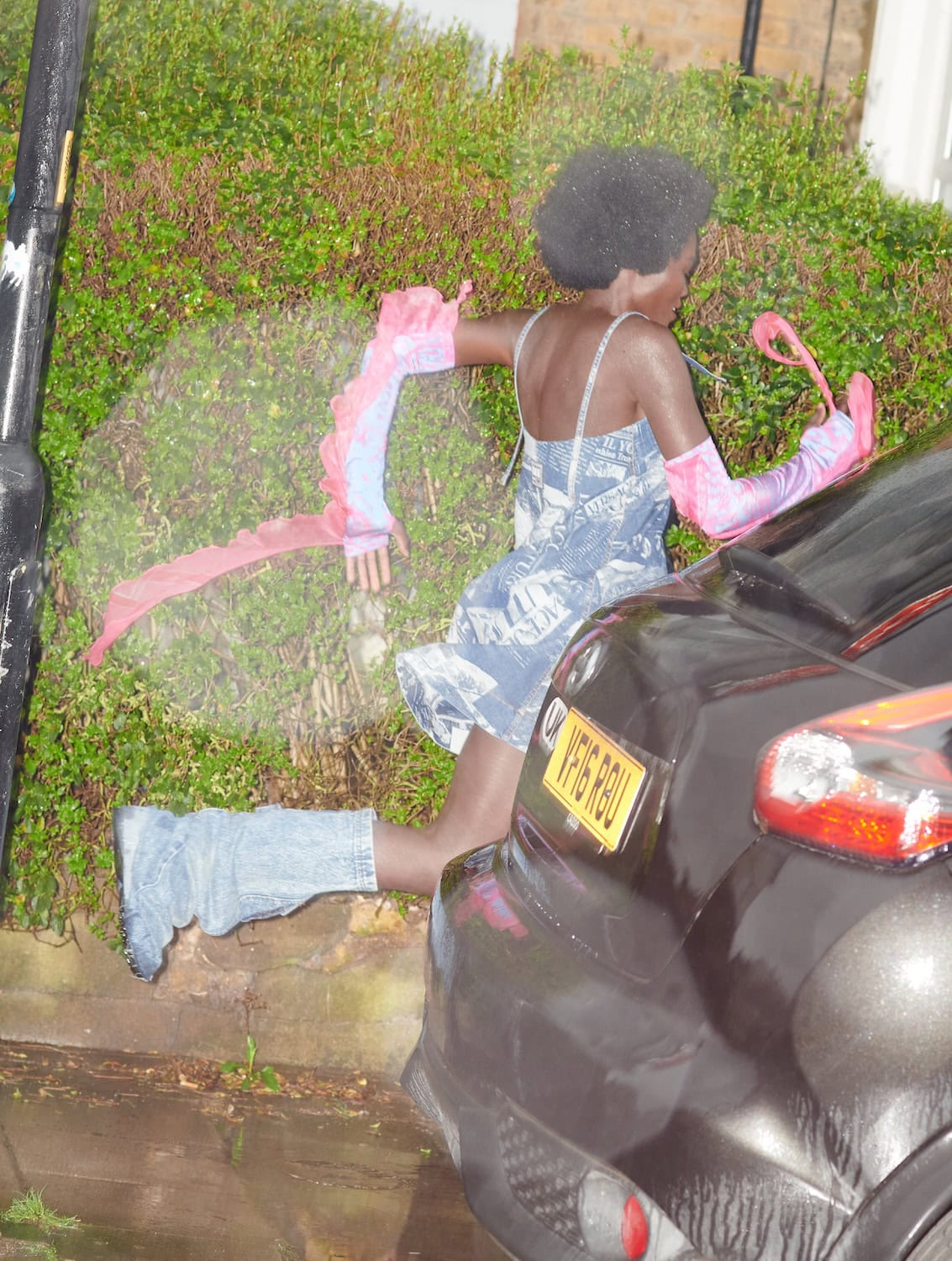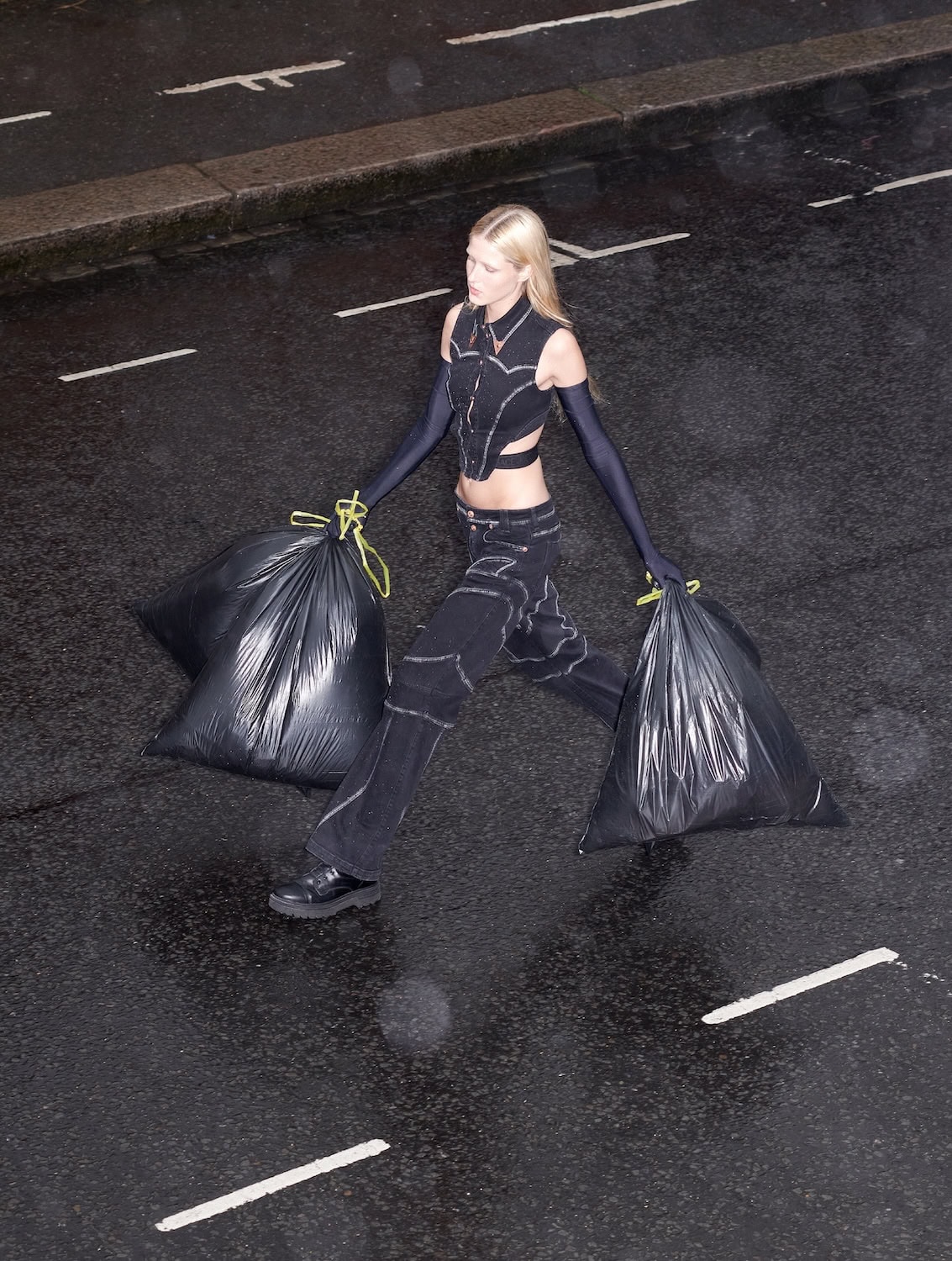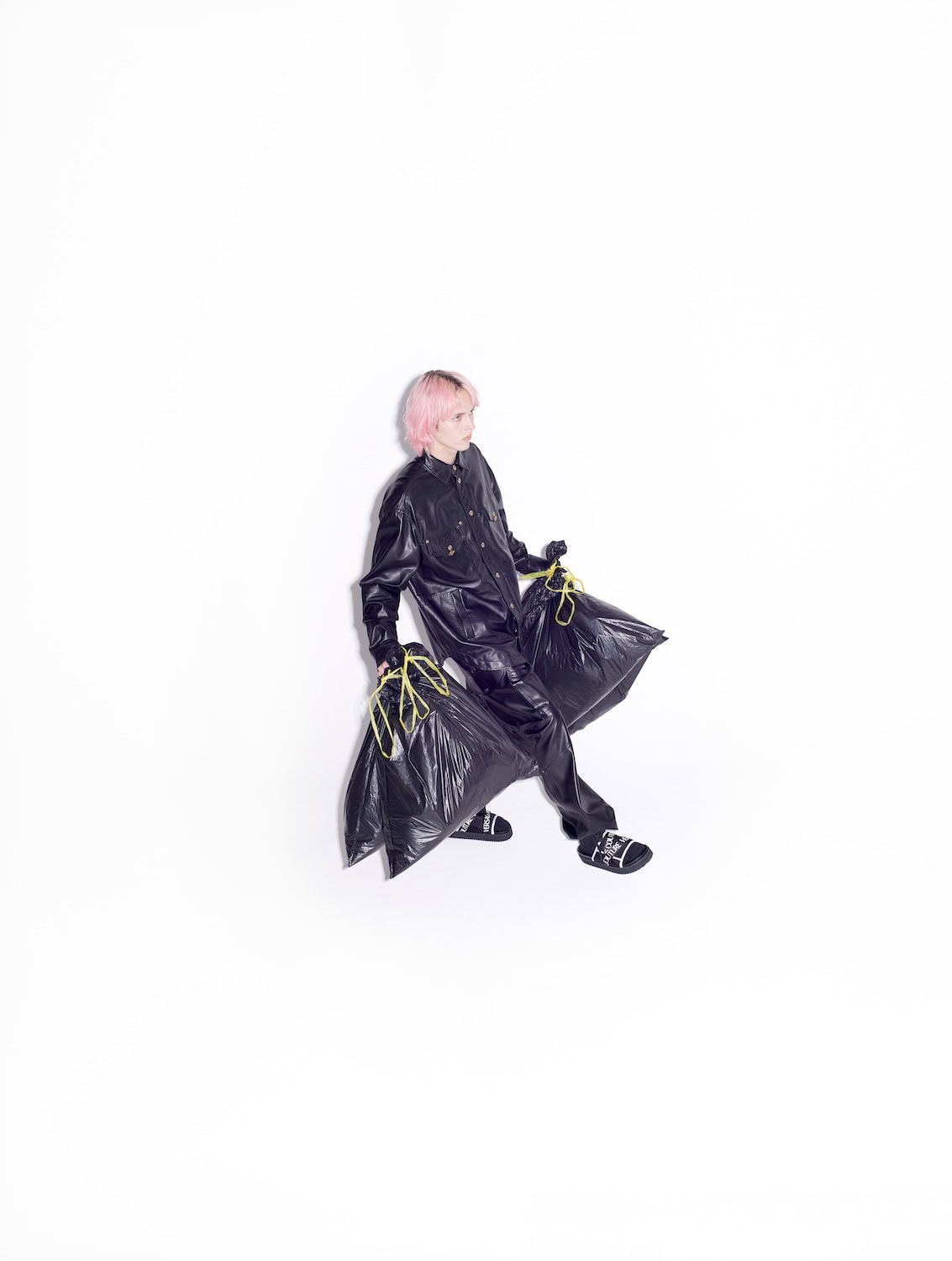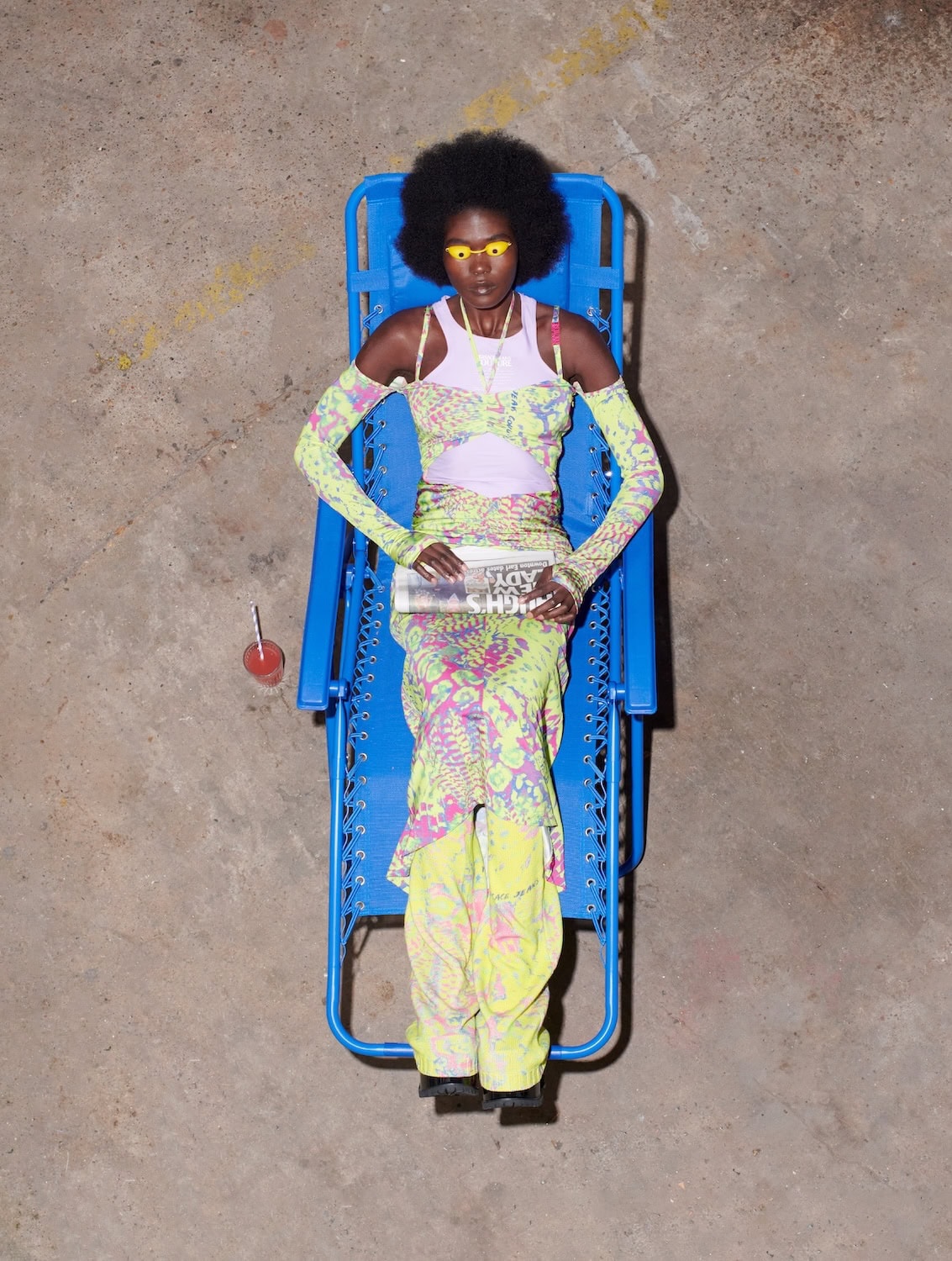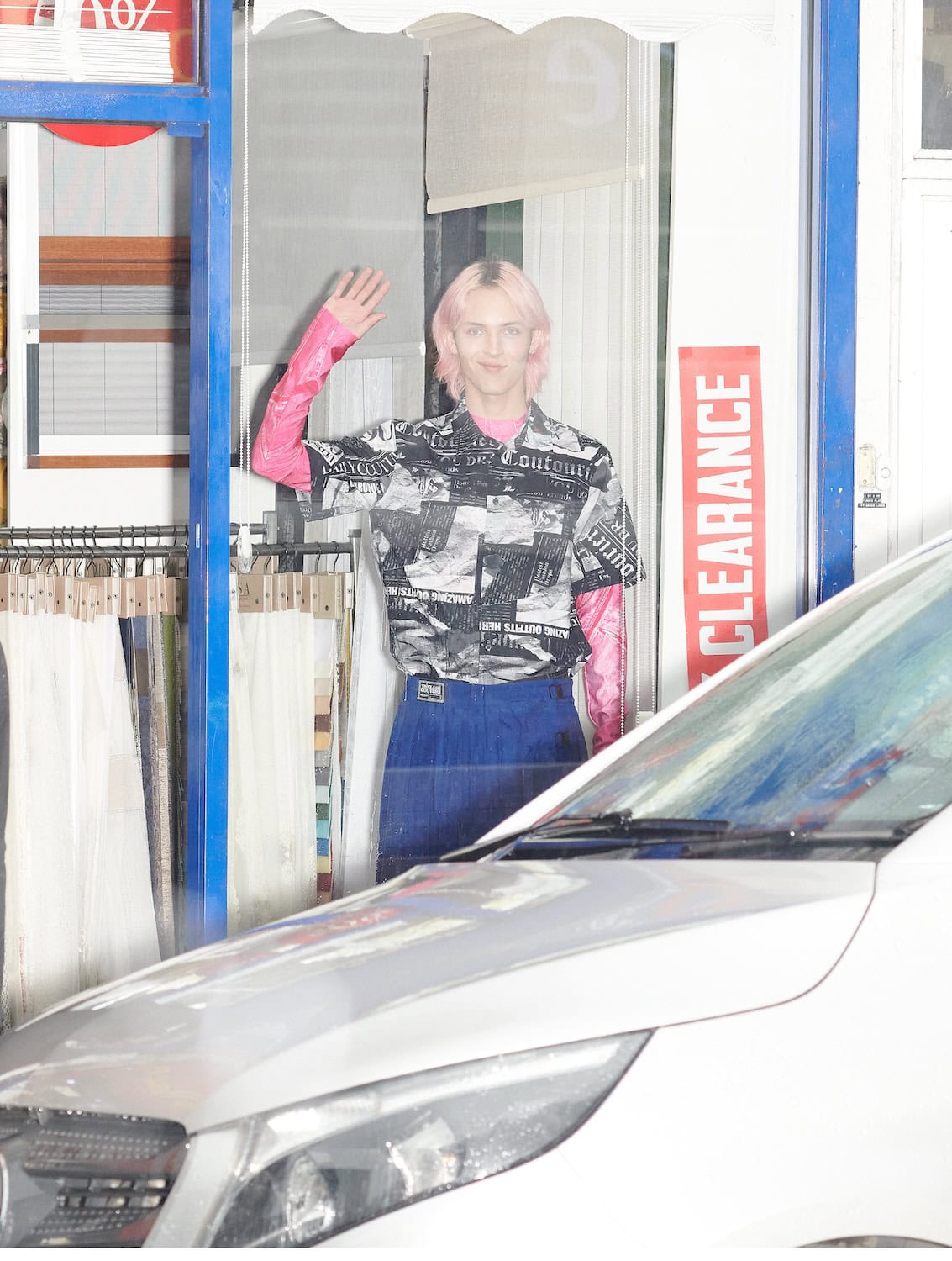At heart, it happens by magic, like when we collide with a person and in our souls, we already know we’re meant for eternity. It’s hard to explain something so primordial, almost as old as time, and inexplicable and carnal. I love thinking that objects do not manifest themselves by chance, that they select us. It is a falling in love. Objects are transient; they accompany us for a while, imprinted with our smell. We lose them. Perhaps they run away because they feel no longer loved, or perhaps too loved.
There is a hidden voice in things. They call to us, in the silence of the night or from the intricate coils of a Moroccan souk, and they conquer us. Objects speak all sorts of languages and dialects. Some with voices as soft as a summer breeze, others sing like baritones in a chorus, soaring and staggering. They are inextricably linked to us, double-stitched, no matter how simple or perhaps even trivial. That chrome-plated, spaceship-shaped juicer that we use in the morning, pouring half an orange onto the table. Or a bottle of perfume, now evaporated, reminiscent of a summer escapade.
Objects resonating with our spirit come in the form of stories and witnesses revealed, sometimes as secrets to be protected, sometimes as puzzles to be solved. I have never bought or surrounded myself with anything that was not a symbol of a moment, a journey, a sensation, or an aspiration, an idea of me: the shoe I chose because the dovetail perforation reminded me too much of a Severini sketch, or the acid green of that Carlo Scarpa bookcase, taken because I could lose myself in that colour, under the effects of who knows what hypnotic vapours.
For me it all started with the fantasy of an abat jour, with a lampshade pleated as one of my mother’s Prada skirts, as rigid as the photographic paper my father used to print on. I imagine it has happened to everyone, at least once, to find oneself and many others in a single object. They are a sum of many small and big things, memories and emotions. Among the objects that are dearest to me are the used ones, with worn edges and chipped corners, because they come to me with a past that cannot be reconstructed, already marked and decisive, filled with the energy of others. Gradually the aura of the previous possessor fades away to be replaced by our own, and in that instant, the thing almost seems to have a sliver of us, a glimmer of infinity.
For this peculiar nature of perpetual palimpsests and stories that can be rewritten every day, who would not yearn one day to be able to craft a habitat of objects, assembled with meticulous care, according to a personal sense of cross-references and quotations for combinations of emotionality.
Things change with time; they adapt to our rhythms, shedding their skin like snakes. They undress and become something else, but always something more. I love handed-down objects, not only for their evocative power but also because it is touching to stand in front of a double-view window; to the North, the before, and to the South, the after. Objects can be words. They can be declined and verbalised. A soft whisper comes to us from things; not everyone catches it, but it is out there waiting to be heard. Those who catch it want to embrace it, joining in choir with this secret voice. For those who, like us, live with perpetual fascination and continual dazzlement, a new acquisition represents the beginning of something, a goal, or the overcoming of a limit.
There is a mystery beyond every surface, beyond the precious texture of a tapestry and in the corozo buttons of a flea market jacket. We are driven to possession in order to eternalise ourselves with it, to merge into this magma, since what we want seems to be made of our very substance, to come from our very milieu, or to be directed towards the same destination. Some objects are used daily, taken at the same hour as a tram; others are worn on special occasions, pulled out of drawers and polished in advance like a silver service. I believe the real miracle is when we allow an object to speak on our behalf because we trust it so much that we know its mouth is not lying; it is telling the truth. When something tells our story, can we really say that it is just a thing? Is it not more accurate to say that it is a reflection of us? This iridescence never leaves us; it bounces around in shop windows and blends into the patina of a doorknob.
We live in a forest of reflections and symbols, of clues and references that express who we really are. However, every coin that is not counterfeit always has its double face. We may not have everything, but it is important never to stop dreaming, pursuing an idea, or objectifying a memory. It is essential to wear, even if only for a fleeting moment, within the intimacy of an antique dealer’s velvet parlour, or that shell Fulco di Verdura brooch. It will never be pinned to our chest again, but we will have reserved a special box for it within the vaults of our memory.
We collect everything on our way, but what remains? Objects remain, crowding the shelves of our city flats; they are survivors, footprints. I believe they contribute significantly to enlivening our lives, as they give our musical score its rhythm and affect our stride like too-tight trousers or too-high heels. Sometimes we even change ourselves for objects; such is our lust for them that we do crazy things, like dismantling doors and jambs just to welcome them into our lives. Then they stand in the living room, monolithic, making us smile as they did the very first time we saw them dusty in a garage, knowing how special they were. It’s only in those moments that we truly realise they are fragments of us.
